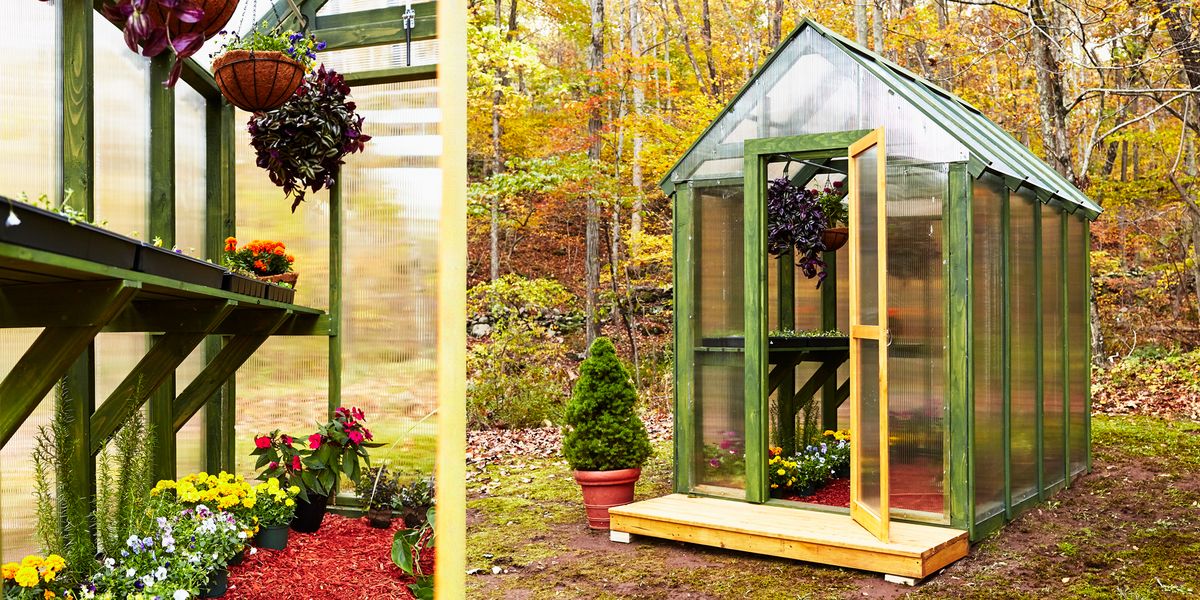Residential Oasis: Monarch Residential Greenhouse Utah Sanctuary for Plant Kingdoms
Wiki Article
The Future of Greenhouses: Advancements in Sustainable Agriculture
Are you interested regarding the future of greenhouses and exactly how they are transforming lasting farming? From advanced climate control systems to vertical farming techniques, water-efficient watering methods, eco-friendly power combination, and clever information analytics, these innovations are transforming the means we grow our food.Advanced Climate Control Solution
To achieve ideal growing conditions, you can depend on the advancements in greenhouses with advanced environment control systems. These systems have reinvented the way we grow plants, supplying a controlled atmosphere that is conducive to plant growth. With these innovative systems, you can currently adjust temperature level, humidity, light levels, and also carbon dioxide focus to create the perfect conditions for your plants to thrive.One of the vital functions of these sophisticated climate control systems is their ability to regulate temperature level. By utilizing sensors and automated controls, the greenhouse can change the temperature based upon the specific demands of the plants. This makes sure that they are never ever exposed to severe warmth or cool, which can be harmful to their growth.
Moisture control is another vital element of these systems. By maintaining the ideal moisture degrees, you can protect against concerns such as mold and mildew, mold, and condition from impacting your plants. These systems can likewise regulate the quantity of light that gets to the plants, guaranteeing that they obtain the optimal amount for photosynthesis.
Furthermore, advanced climate control systems can also adjust carbon dioxide concentrations. By increasing the levels of carbon dioxide in the greenhouse, you can enhance plant development and productivity. This is particularly advantageous in areas with low natural carbon dioxide levels.
Vertical Farming Strategies
One important vertical farming technique is using stacked growing systems. Piled expanding systems are frequently used in city areas where space is restricted.One prominent method is called upright hydroponics, where plants are expanded in nutrient-rich water without soil. This method is highly reliable as it reduces water use by as much as 90% contrasted to standard farming methods. In addition, considering that the plants are expanded inside, they are secured from illness and insects, lowering the need for chemicals.
Another strategy is aeroponics, which entails putting on hold the plant origins in a haze or air environment. This method enables ideal nutrient absorption and oxygenation, causing faster development and greater returns. Aeroponics also utilizes less water than traditional farming and can be applied in upright systems, making it a prominent selection for upright farming.
Water-efficient Irrigation Methods
When it comes to executing water-efficient irrigation approaches in lasting agriculture,Making best use of water preservation is essential. With global water shortage ending up being a pressing problem, it is important to establish ingenious methods that maximize water use in greenhouse procedures.One appealing method is drip irrigation, which provides water straight to the plant origins, decreasing waste and dissipation. By utilizing a network of tubes with little emitters, water is used gradually and specifically, making sure that plants receive the needed dampness without excess runoff.
An additional efficient method is using dirt wetness sensors. These gadgets measure the dampness content in the soil and give real-time data to farmers. By keeping track of the dirt's dampness degrees, farmers can precisely figure out when and exactly how much water to use, avoiding over-irrigation.
Moreover, the application of rain harvesting systems is gaining appeal in greenhouse farming. Accumulating rain from rooftops and storing it in containers allows farmers to use this natural deposit for watering purposes, lowering reliance on traditional water resources.
Finally, the adoption of automated irrigation systems can considerably improve water efficiency. These systems use sensors to identify soil wetness levels and climate condition, changing watering routines accordingly. By enhancing water use based on actual plant needs, these systems can lower water waste and advertise sustainable farming techniques.
Renewable Resource Integration
Sustainable energy combination in greenhouses offers numerous benefits, including decreased running expenses and reduced dependence on non-renewable power resources. The produced power can after that be used to run various procedures within the greenhouse, such as illumination, ventilation, and heating systems. These wind turbines harness wind power and transform it right into power, which can be made use of to supplement the power demands of the greenhouse.Smart Data Analytics and Automation
To boost the effectiveness of your greenhouse operations and maximize resource usage, think about carrying out smart data analytics and automation. Smart information analytics entails collecting and Monarch Farm Greenhouse Utah assessing information from various sensing units and devices within your greenhouse.
Automation, on the other hand, includes utilizing modern technology to automate tasks that were previously done manually. This can include automating the control of illumination, ventilation, irrigation systems, and nutrient distribution. By automating these procedures, you can make sure that your plants get the ideal conditions and nutrients at the ideal time, without the demand for continuous hand-operated treatment. This not only saves you time and effort but additionally reduces the risk of human error.
Moreover, clever information analytics and automation can collaborate synergistically. The information collected by sensing units can be made use of to educate computerized systems, allowing them to make real-time modifications based on the existing conditions. This integration of data analytics and automation can cause a lot more accurate and efficient resource allotment, inevitably leading to greater returns and much better plant quality.
Verdict
In final thought, the future of greenhouses in lasting agriculture looks appealing. With sophisticated climate control systems, vertical farming strategies, water-efficient watering methods, and eco-friendly energy combination, greenhouses are ending up being a lot more ecologically pleasant and reliable.
By enhancing water use based on real plant demands, these systems can minimize water waste and advertise sustainable farming methods.

Report this wiki page